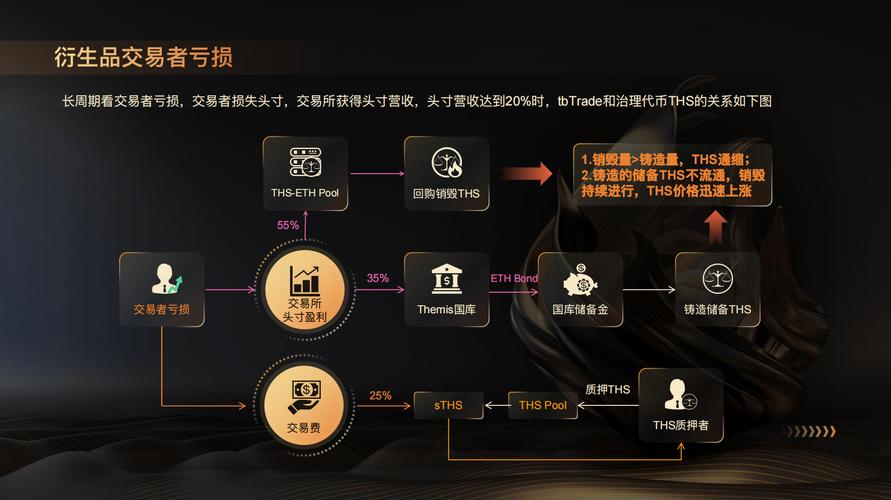
Blast L2 Eth: A Comprehensive Guide
Are you intrigued by the potential of blockchain technology? Have you heard about L2 solutions and their impact on Ethereum? If so, you’re in the right place. In this article, we’ll delve into the world of L2 Eth, exploring its benefits, challenges, and future prospects. Get ready to dive into the details and understand why L2 Eth is a game-changer for the Ethereum ecosystem.
What is L2 Eth?
L2 Eth, short for Layer 2 Ethereum, refers to a set of scaling solutions built on top of the Ethereum network. These solutions aim to address the network’s scalability issues by offloading some of the transaction processing to secondary layers. By doing so, L2 Eth can significantly reduce transaction costs and increase transaction throughput, making Ethereum more accessible and efficient for users and developers alike.

Benefits of L2 Eth
There are several benefits to adopting L2 Eth, which we’ll explore below:
| Benefit | Description |
|---|---|
| Reduced Transaction Costs | L2 Eth can significantly lower transaction fees, making Ethereum more affordable for users and developers. |
| Increased Transaction Throughput | By offloading transactions to L2, Ethereum’s main network can handle more transactions per second, improving overall network performance. |
| Improved User Experience | With lower transaction costs and faster confirmation times, users can enjoy a more seamless and efficient experience on Ethereum. |
| Enhanced Scalability | L2 Eth allows Ethereum to scale horizontally, accommodating a growing number of users and applications without compromising on network performance. |
Challenges of L2 Eth
While L2 Eth offers numerous benefits, it also comes with its own set of challenges:
-
Security Concerns: As L2 solutions operate off the main Ethereum network, they may introduce new security risks that need to be addressed.
-
Interoperability Issues: Ensuring seamless communication between L2 solutions and the Ethereum mainnet can be challenging.
-
Complexity for Users: L2 Eth solutions may require users to learn new concepts and interact with different interfaces, which can be daunting for some.
Popular L2 Eth Solutions
Several L2 Eth solutions have gained popularity in the Ethereum ecosystem. Let’s take a closer look at some of the most notable ones:
-
Optimistic Rollups:
Optimistic rollups are a type of L2 solution that assumes all transactions are valid by default. If a dispute arises, the system can revert the transaction. This approach allows for high throughput and low transaction costs.
-
Validium:
Validium is a hybrid approach that combines optimistic rollups with fraud proofs. This solution aims to strike a balance between high throughput and security.
-
Plasma:
Plasma is a more complex L2 solution that creates a child chain off the Ethereum mainnet. Transactions are processed on the child chain, and only the final state is submitted to the mainnet. This approach offers high scalability but requires more complex interactions.
The Future of L2 Eth
The adoption of L2 Eth is expected to grow as more users and developers recognize its benefits. As the Ethereum ecosystem continues to evolve, we can expect to see further improvements in L2 Eth solutions, addressing existing challenges and expanding their capabilities. Here are a few potential future developments:
-
Enhanced Security: As L2 Eth solutions become more prevalent, security will remain a top priority. Developers will continue to work on improving the security of these solutions to protect users’ assets.
-
Improved Interoperability: Efforts to ensure seamless communication between L2 solutions and the Ethereum mainnet will continue, making the ecosystem more cohesive.
-
Increased Adoption: As L2 Eth solutions become more user-friendly and efficient, we can expect to see a surge in adoption,



